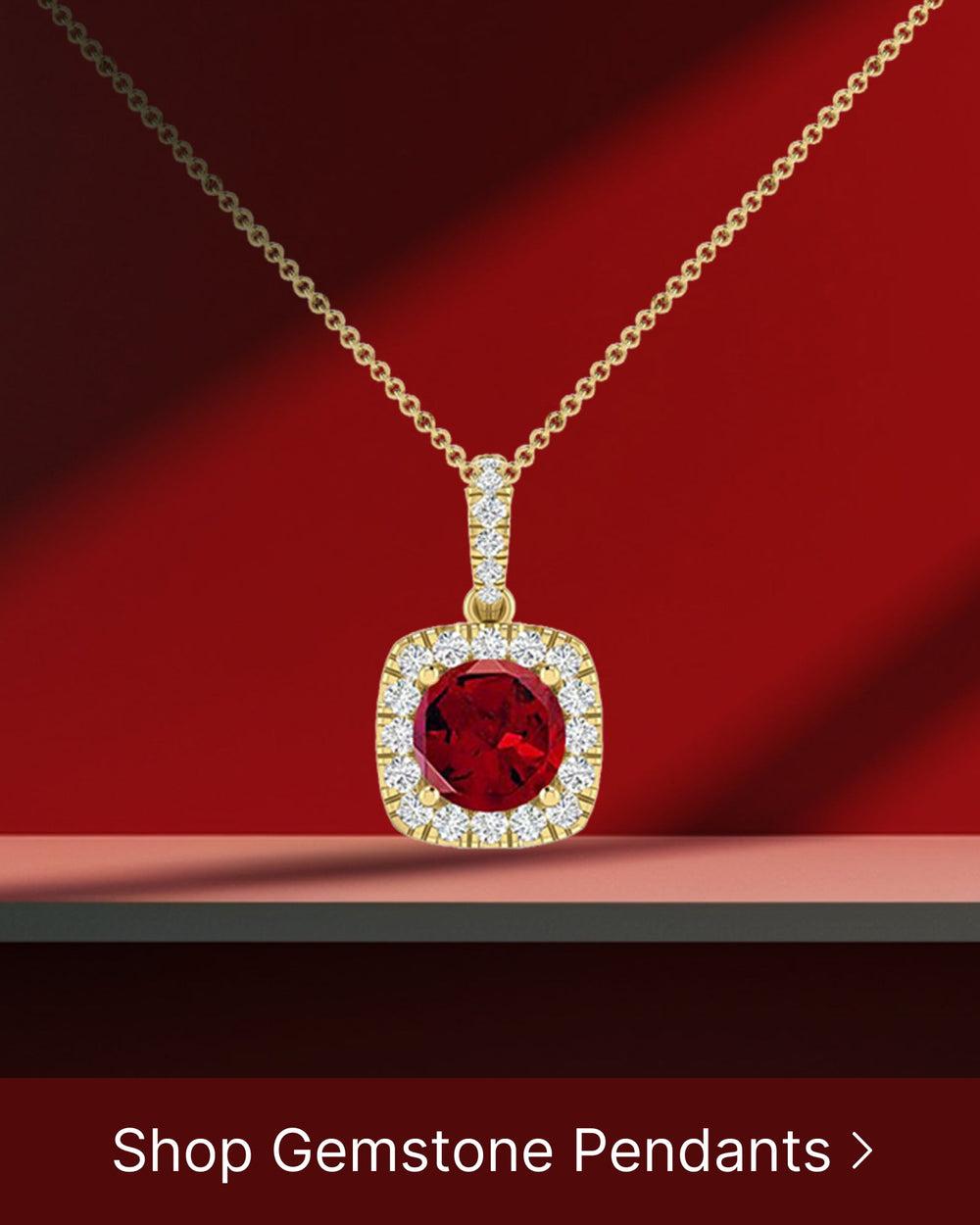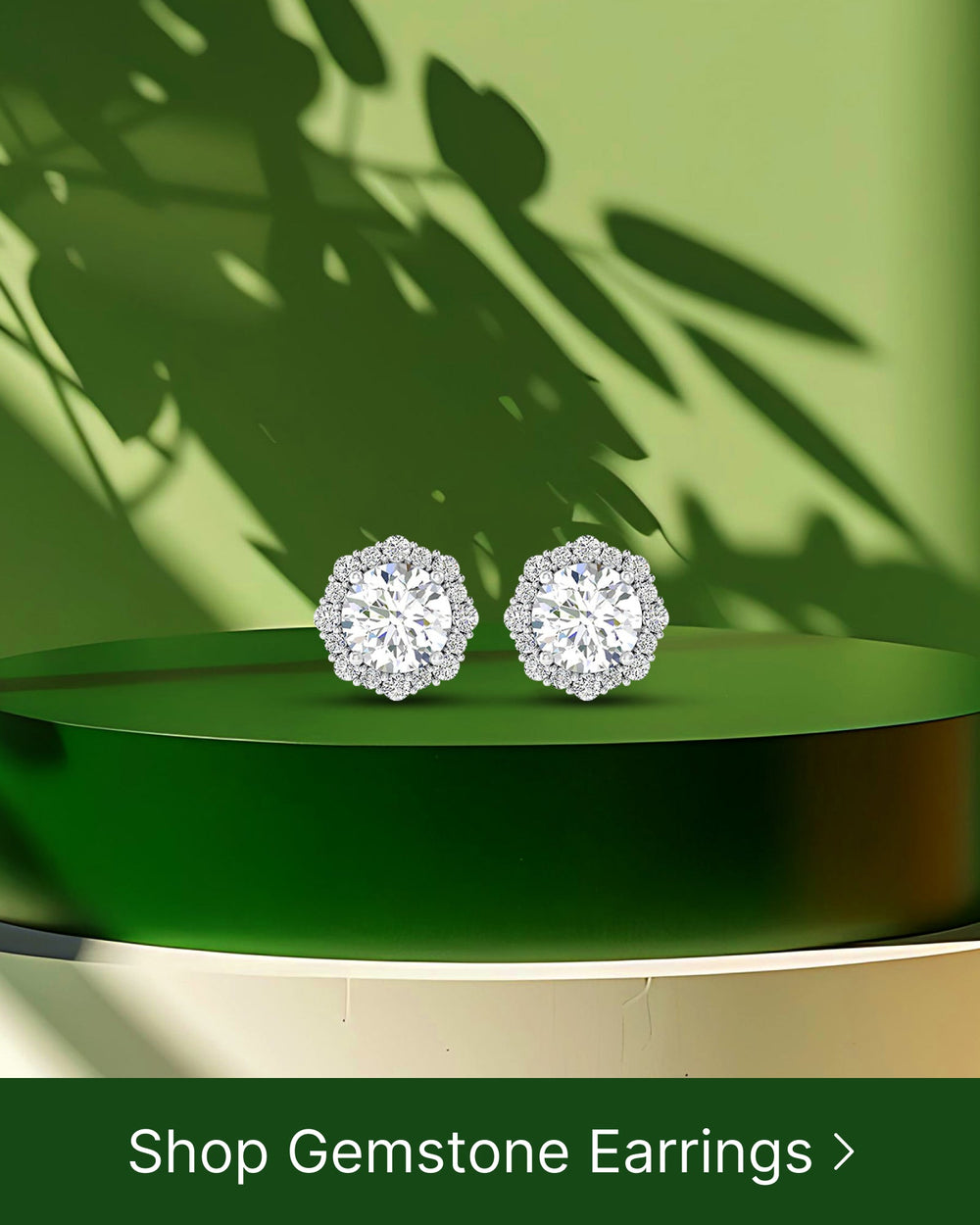Jewelry and metalworking are age-old crafts that have captivated artisans and enthusiasts alike. The art of transforming precious metals into intricate and stunning pieces has always held a certain allure. From the creation of delicate rings and earrings to the crafting of ornate necklaces and bracelets, jewelry making is a skill that requires patience, dedication, and an eye for detail. In this article, we will explore the basics of jewelry and metalworking, delve into different techniques, discuss safety measures, and unlock the science behind these fascinating crafts.
Understanding the Basics of Jewelry and Metalworking
Before we delve into the world of jewelry and metalworking, it is crucial to have an overview of the art itself. Metalworking involves the shaping, forming, and joining of metals to create visually appealing and functional objects. When it comes to jewelry making, precious metals such as gold, silver, and platinum are often chosen for their beauty and durability.
However, there is so much more to the world of jewelry and metalworking than meets the eye. Let's explore the fascinating history, the intricate techniques, and the wide range of tools and equipment used by artisans in this craft.
The Art of Metalworking: An Overview
Metalworking has a rich history that spans centuries. From ancient civilizations to modern times, metalworking techniques have evolved and adapted to various cultural and technological shifts. The art of metalworking involves processes such as casting, soldering, engraving, and polishing to transform raw materials into exquisite pieces of art.
Throughout history, metalworking has played a significant role in human civilization. From the intricate gold jewelry of ancient Egypt to the elaborate armor of medieval knights, metalworking has been a means of self-expression, cultural identity, and even a symbol of power and wealth.
Today, metalworking continues to be a thriving art form, with contemporary artisans pushing the boundaries of creativity and innovation. From delicate filigree work to bold and abstract metal sculptures, the possibilities are endless in this ever-evolving craft.
Precious Metals Used in Jewelry Making
When it comes to jewelry making, precious metals are highly sought after. Gold, with its stunning hues and malleability, is often used to create eye-catching pieces. The purity of gold is measured in karats, with 24 karat gold being the purest form. However, due to its softness, gold is often alloyed with other metals to increase its strength and durability.
Silver, known for its timeless elegance, is a popular choice for both traditional and contemporary designs. It is a versatile metal that can be shaped into intricate patterns and textures, making it a favorite among jewelry artisans. Like gold, silver is also alloyed with other metals to enhance its durability.
Platinum, prized for its durability and rarity, is favored for its ability to withstand the test of time. It is a dense and heavy metal that is naturally white, making it an excellent choice for showcasing diamonds and other gemstones. Platinum jewelry is often considered a symbol of luxury and prestige.
Aside from gold, silver, and platinum, there are also other metals used in jewelry making, such as palladium, titanium, and stainless steel. Each metal brings its unique characteristics and aesthetic appeal to the world of jewelry.
Tools and Equipment for Jewelry and Metalworking
To bring their creations to life, jewelry and metalworking artisans rely on a diverse range of tools and equipment. Burs, pliers, hammers, and mandrels are just a few of the tools utilized to shape and form metal. These tools come in various shapes and sizes, each serving a specific purpose in the metalworking process.
Soldering equipment, such as torches and flux, enable artisans to join metal components together. Soldering is a technique that involves melting a filler metal, known as solder, to create a strong bond between two or more metal pieces. This technique is essential in jewelry making, as it allows artisans to create intricate designs and secure gemstones in their settings.
Additionally, polishing machines and tumblers help achieve the desired finish and shine. Polishing is a crucial step in the metalworking process, as it removes any scratches or imperfections, leaving the metal surface smooth and lustrous.
Other specialized tools, such as saws, files, and drills, are used for more detailed work, such as engraving and stone setting. These tools require precision and skill, as they allow artisans to add intricate details and embellishments to their creations.
As technology advances, jewelry and metalworking tools continue to evolve. Laser cutting machines, computer-aided design (CAD) software, and 3D printers have revolutionized the industry, allowing artisans to explore new possibilities and push the boundaries of their craft.
So, the next time you admire a piece of jewelry or marvel at a metal sculpture, remember the rich history, the intricate techniques, and the array of tools and equipment that went into creating that work of art.
Techniques in Crafting Jewelry with Precious Metals
Now that we have an understanding of the fundamentals, let's explore some techniques used in crafting jewelry with precious metals.
When it comes to creating exquisite pieces of jewelry, soldering is a fundamental skill that cannot be overlooked. This technique involves joining metal components using a filler metal, known as solder, which melts at a lower temperature than the base metals. By carefully heating the solder and applying it to the desired areas, artisans are able to create intricate designs by fusing different parts together. This process requires precision and expertise, as the temperature must be carefully controlled to ensure a strong and seamless bond between the metals.
In addition to soldering, metal forming and shaping are essential steps in the jewelry making process. These techniques allow artisans to transform flat sheets or wires of precious metals into three-dimensional masterpieces. Through the art of hammering, metals can be shaped and textured, creating unique patterns and designs that give each piece its distinct character. Folding and bending are also commonly used techniques, allowing for the creation of curves and intricate details that enhance the overall aesthetic appeal of the jewelry.
One of the most captivating aspects of jewelry is the incorporation of precious gemstones. Stone setting is a technique that adds an extra dimension of beauty and elegance to jewelry pieces. With meticulous precision, artisans carefully place these gemstones into metal settings, ensuring that they are secure while showcasing their brilliance. There are various stone setting techniques, each with its own unique characteristics. Bezel setting involves creating a metal rim around the gemstone, holding it securely in place. Prong setting, on the other hand, uses small metal prongs to grip the gemstone, allowing for maximum visibility of its facets. Channel setting is yet another technique, where gemstones are set into a metal channel, creating a continuous row of sparkling stones.
As you can see, crafting jewelry with precious metals involves a combination of technical skill, artistic vision, and attention to detail. From soldering and metal forming to stone setting, each technique plays a crucial role in creating stunning pieces that are cherished for a lifetime.
Safety Measures in Jewelry and Metalworking
While jewelry and metalworking offer endless creative possibilities, it is essential to prioritize safety. The following measures should be taken to ensure a safe working environment:
Protective Gear for Metalworking
When working with metal, it is crucial to use protective gear such as safety glasses, gloves, and aprons to minimize the risk of injury. These items act as a shield against sharp tools, flying debris, and hazardous materials.
Safe Handling of Precious Metals
Precious metals, though beautiful, can be harmful if mishandled. It is important to store and handle them properly, ensuring that they are not contaminated or wasted. Additionally, proper disposal methods should be followed to prevent environmental damage.
Fire Safety in Metalworking
Fire is an integral part of metalworking, but it can be hazardous if not managed carefully. Adequate ventilation, fire extinguishers, and a well-organized workspace are essential for minimizing the risk of accidents. Artisans should also be trained in fire safety protocols.
The Science Behind Jewelry and Metalworking
Beyond the artistic aspect, jewelry and metalworking involve elements of science. Understanding the properties of metals and the chemistry behind metalworking allows artisans to create pieces that are both visually appealing and structurally sound.
The Properties of Precious Metals
Each precious metal used in jewelry making possesses unique properties that influence its workability and durability. Factors such as melting point, ductility, and conductivity impact an artisan's approach to crafting with each metal. Understanding these properties is crucial for achieving the desired results.
The Chemistry of Metalworking
Metalworking involves chemical reactions and processes that impact the transformation of the material. For example, soldering relies on the interaction between flux and metal to create a strong bond. The understanding of these chemical reactions helps artisans make informed decisions during the crafting process.
Metallurgy in Jewelry Making
Metallurgy is the science and study of metals and their properties. In jewelry making, metallurgy plays a significant role in determining the quality and composition of the metal used. Artisans have to consider factors such as alloying, heat treatment, and metal purity to create pieces of the highest caliber.
As we conclude our exploration of jewelry and metalworking, we hope this article has shed light on the fascinating world behind these crafts. From the basics to the intricate techniques, safety measures, and scientific aspects, jewelry and metalworking offer a truly captivating journey for those who embark on it. Whether you are an artisan perfecting your skills or an enthusiast admiring the beauty of these crafts, let the allure of precious metals guide you in your own creative pursuits.





